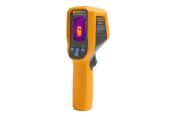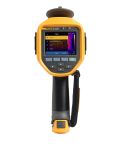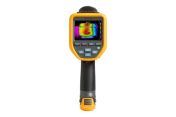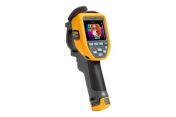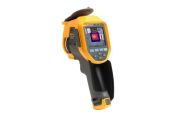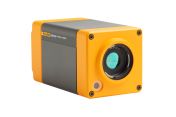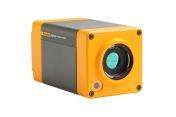Fluke Thermal Cameras
11 Products showing for Fluke Thermal Cameras
Results per page
Popular Searches
Related links
- Fluke Thermal Imaging Camera Infrared Lens for Use with TiX1060 Thermal Camera
- FLIR Thermal Imaging Camera Thermal Imager Visor for Use with E30bx
- Fluke Thermal Imaging Camera Thermal Imager Visor
- Fluke Thermal Imaging Camera Thermal Imager Visor for Use with Ti200 Ti400
- Everything You Need To Know About Thermal Imaging Cameras
- Fluke Thermal Imaging Camera Infrared Lens for Use with TiX875 and TiX870 Thermal Imager TiX885
- FLIR Thermal Imaging Camera Infrared Lens for Use with E75 E95
- FLIR Thermal Imaging Camera Infrared Lens for Use with FLIR Exx Series and T500-Series Cameras
